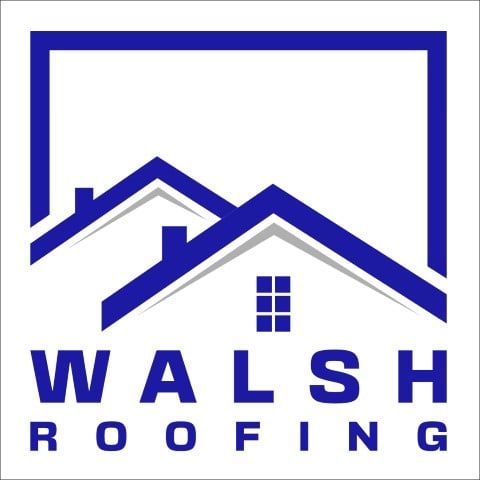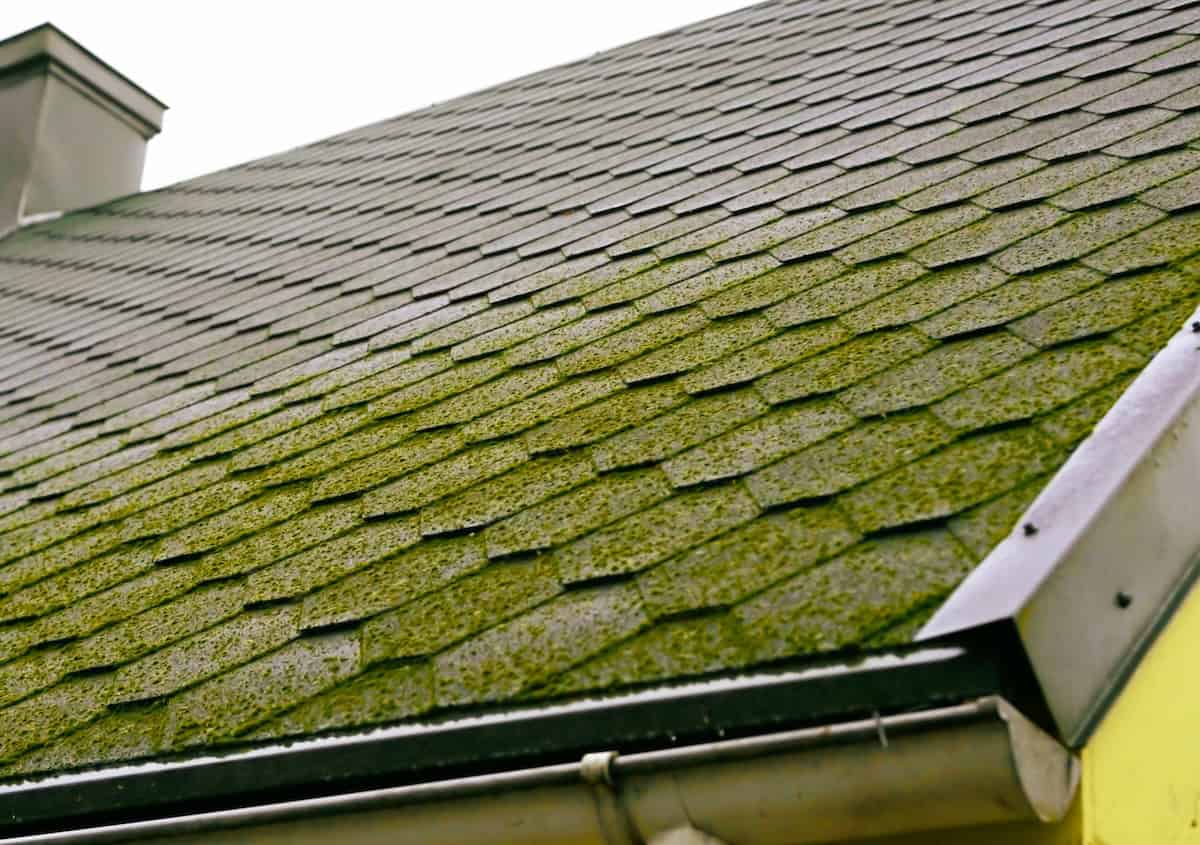Roof moss removal is one of the most important steps you can take to protect and preserve your roof in Florida’s humid climate. While moss might seem like a cosmetic issue at first glance, it can actually lead to costly structural problems, moisture intrusion, and even premature roof replacement if left untreated. For Florida homeowners, staying on top of moss buildup is critical to extending your roof’s life and maintaining curb appeal.
- High humidity levels: Florida’s climate encourages moss growth year-round.
- Hidden damage: Moss traps moisture that can deteriorate shingles and underlayment.
- Roof lifespan: Proactive moss removal helps prevent early deterioration and costly repairs.
Let’s break down how moss forms, the risks it poses, and how you can safely and effectively remove it—plus how Walsh Roofing can help.
🌱 What Causes a Moss Covered Roof?
Moss thrives in areas with shade, moisture, and limited airflow—all of which are common in Florida neighborhoods with mature trees and consistent rainfall. Moss spores are airborne, and once they land on your roof, they begin to multiply when conditions are right.
- Shade and Tree Coverage: Roofs shaded by overhanging branches are the most vulnerable to moss growth. Without sunlight to dry out damp areas, moss can take hold and spread quickly.
- Poor Drainage and Debris Buildup: Clogged gutters and leaf buildup trap moisture on the roof surface, giving moss the consistent dampness it needs to thrive.
- Roof Surface and Age: Older shingles with granule loss or rough texture provide a better surface for moss to cling to. Algae and lichen often accompany moss, creating an even more aggressive deterioration process.
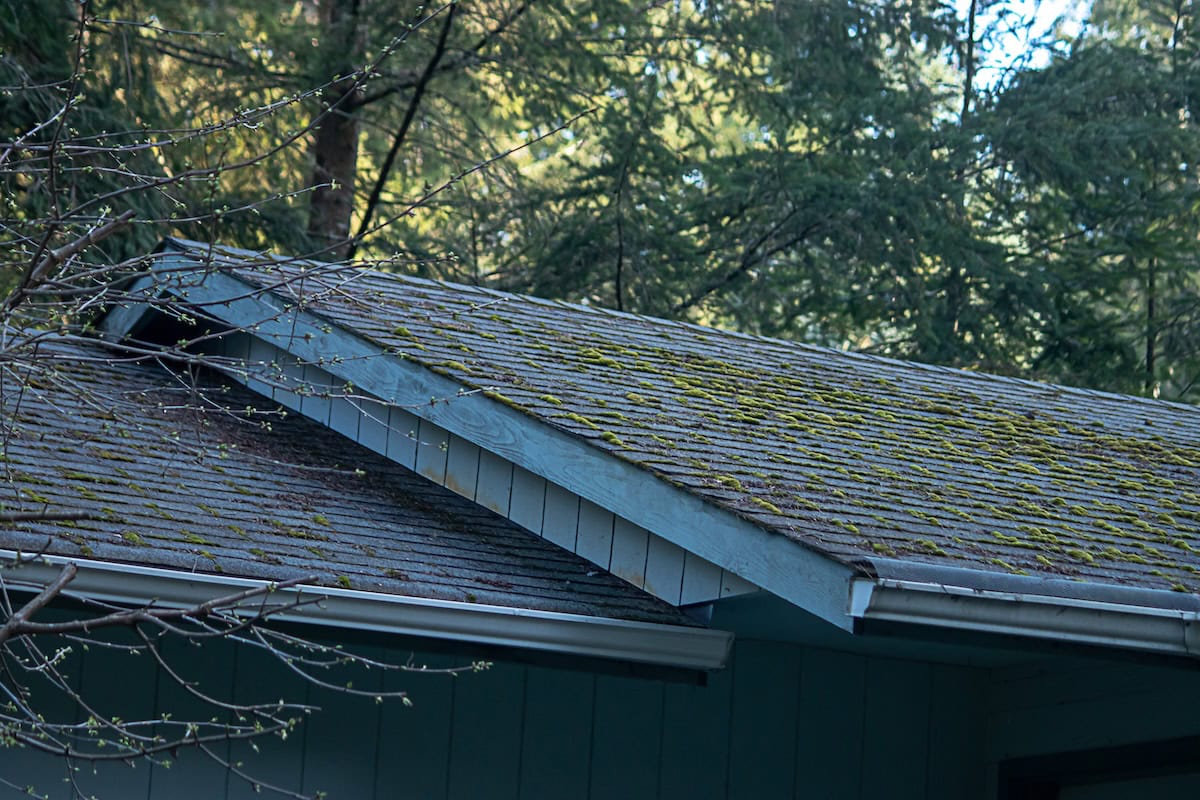
⚠️ Why Moss Is a Problem for Your Roof
Many homeowners overlook moss until it’s visibly thick or green, but by then, damage may already be underway.
- Moisture Retention and Shingle Decay: Moss holds moisture against the roof surface, softening shingles and making them more likely to warp, curl, or rot.
- Lifting Shingles and Water Intrusion: As moss grows, it can push up shingles and create gaps. These gaps allow rainwater to penetrate beneath the roof’s protective layers.
- Reduced Roof Lifespan: Constant moisture exposure speeds up aging and decay. Without proper maintenance, roof moss can take years off your roof’s expected life.
✅ How to Remove Moss Safely and Effectively
Removing moss isn’t as simple as scraping it off. In fact, improper techniques can do more harm than good. Here are the safest ways to perform roof moss removal without risking further damage.
Avoid Pressure Washing
While tempting, pressure washing can strip away shingle granules and void warranties. It also won’t prevent the moss from returning.
Use a Gentle Cleaning Solution
A mixture of water and mild bleach or a store-bought moss killer designed for roofs can be sprayed on affected areas. Let it soak in and loosen the moss before rinsing it off gently.
Manual Removal With Caution
If needed, a soft-bristled brush can help remove moss—but it must be done with a light touch to avoid damaging the shingles underneath.
❌ 5 Mistakes to Avoid During Roof Moss Removal
To help preserve your roof and avoid unnecessary damage, be sure to steer clear of these common moss removal mistakes:
- Using Harsh Tools: Metal brushes or scrapers can damage shingles and create more problems than they solve.
- Skipping Safety Gear: Walking on a mossy roof is slippery and dangerous. Proper footwear, harnesses, and ladders are essential.
- Neglecting Roof Inspections: Moss is often a symptom of larger drainage or shade issues that should be addressed.
- Relying on One-Time Cleaning: Moss will return if the root cause—like shade or debris—isn’t resolved.
- Attempting DIY Without Experience: Hiring a professional roofer ensures the moss is removed safely and the roof is protected.
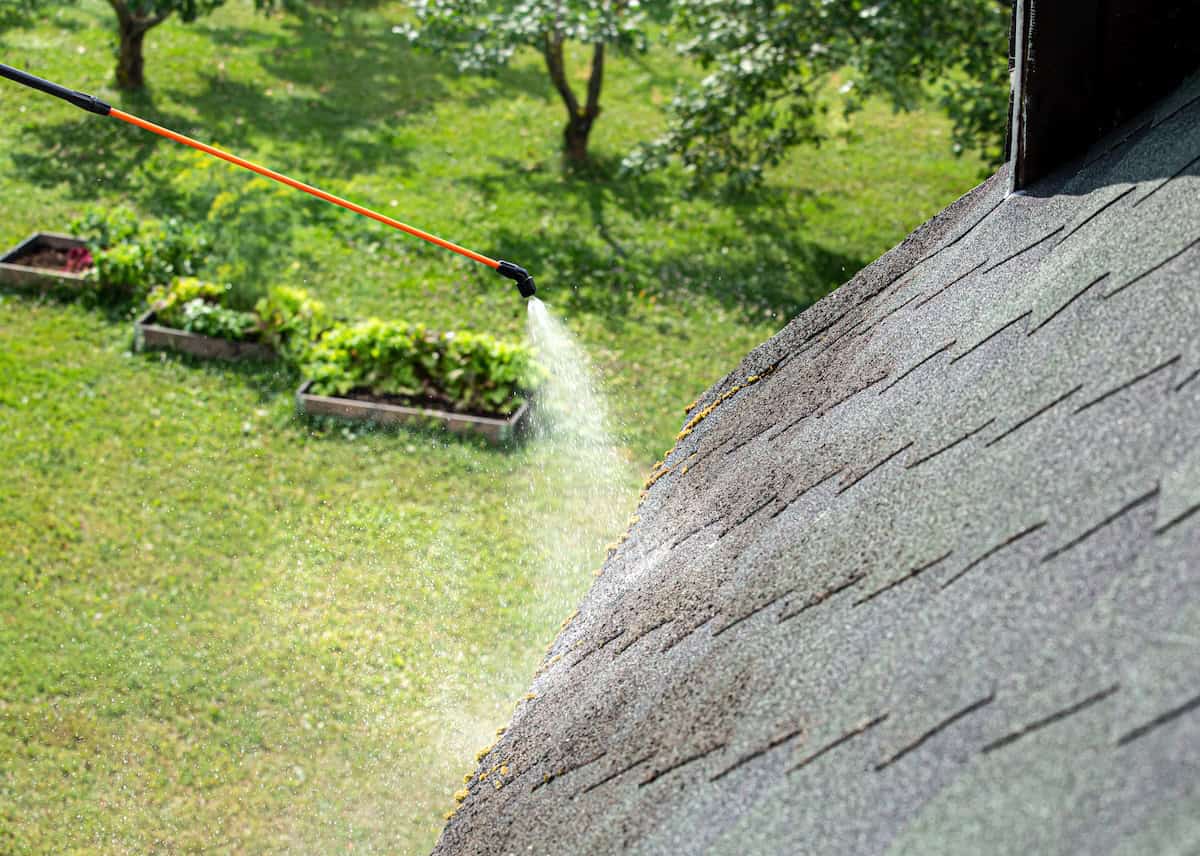
⭐️ Preventing Future Moss Growth
Once your roof is clean, you’ll want to keep moss from coming back. Prevention is just as important as removal.
Trim Overhanging Trees
Reducing shade on your roof allows sunlight to dry out moisture and make the surface less inviting for moss spores.
Clean Gutters Regularly
Keeping your gutters clear of leaves and debris helps prevent water from backing up onto the roofline.
Install Zinc or Copper Strips
Metal strips installed at the ridge of your roof release ions when it rains, which helps deter moss, algae, and mildew growth over time.
📞 When to Call a Professional for a Moss-Free Roof
If moss covers a large portion of your roof or you’re not comfortable navigating cleaning solutions or safety equipment, it’s best to work with a professional roofing company. Roof moss removal is often just one part of a larger maintenance issue, and trained eyes can identify deeper problems like water damage or failing shingles.
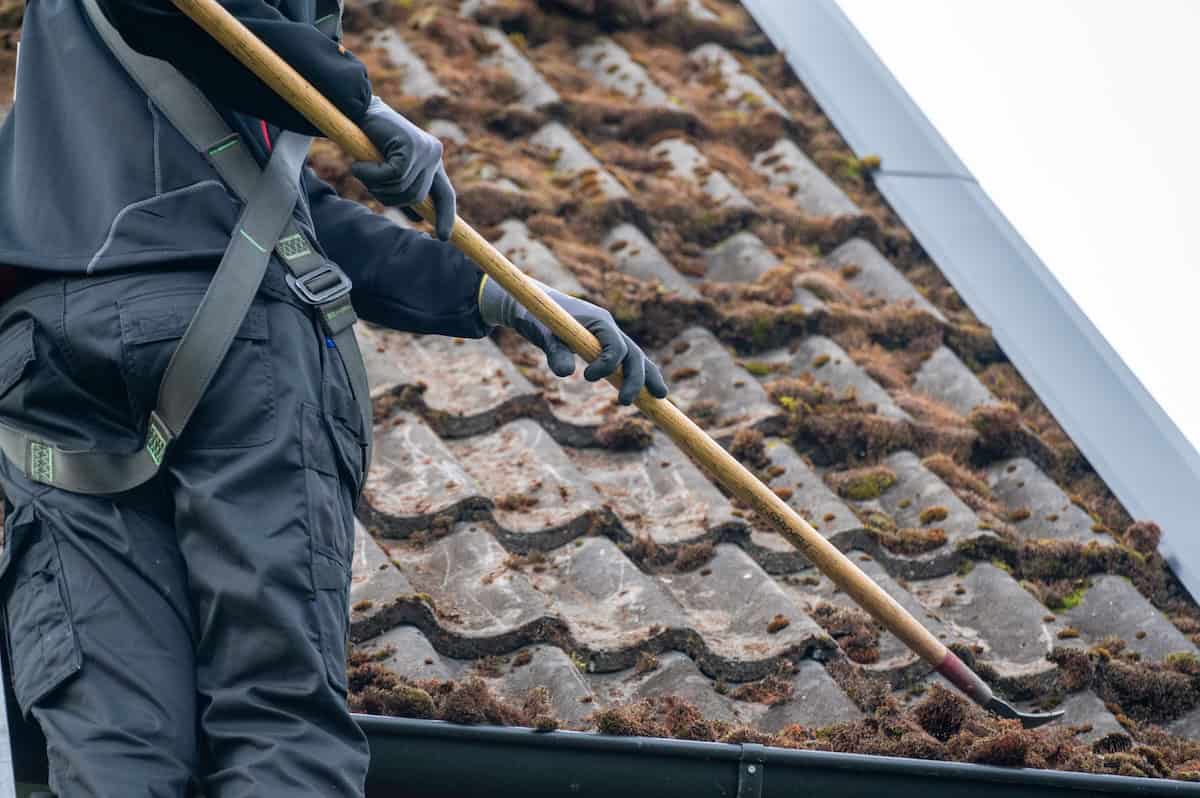
A reputable roofing contractor like Walsh Roofing will ensure:
- Proper assessment: We identify the extent of moss growth and underlying causes.
- Safe removal: Our crew uses approved tools and methods to preserve your roof.
- Preventive guidance: We’ll help you implement long-term solutions to keep moss from returning.
💪 Keep Your Roof Healthy with Professional Moss Removal
Moss might look harmless, but it can quietly wreak havoc on your roof over time. With Florida’s warm, wet weather, roof moss removal should be a regular part of your home maintenance routine. Walsh Roofing is your trusted partner for safe, effective moss removal that protects your investment and extends the life of your roof. Our expert team handles everything from inspections to treatment and prevention, with the care and professionalism Florida homeowners deserve.
Contact Walsh Roofing today, and let us help you protect and preserve your roof the right way.
